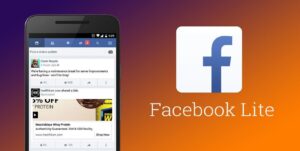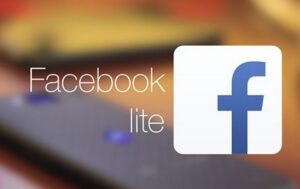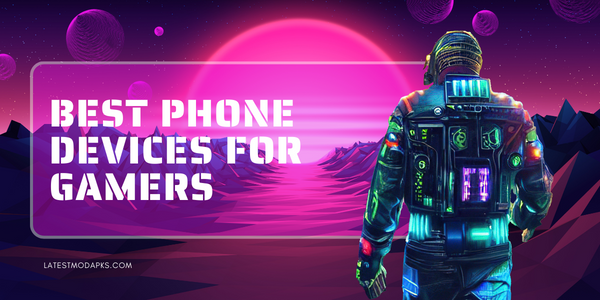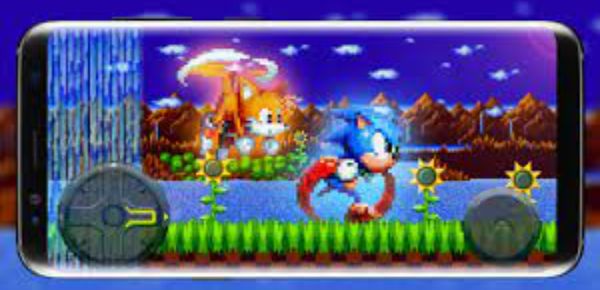Social media platforms have become integral to our lives in today’s digital age. Among them, Facebook stands out as one of the most popular and widely used platforms globally. With its regular app being a smartphone staple worldwide, it has recently introduced another version called “Facebook Lite.” This blog post aims to compare these two versions comprehensively, highlighting their functionality, performance, data usage, and user experience differences.
Functionality:
Regarding functionality, the regular Facebook app and Facebook Lite offer similar features such as news feed browsing, posting updates or photos/video sharing capabilities. However, due to its lightweight design aimed at low-end devices with limited resources (RAM), the Lite version may lack some advanced functionalities in the regular app, like live streaming videos or augmented reality filters.
Performance:
One significant advantage differentiating Facebook Lite from its counterpart is its improved performance on lower-end devices and slower internet connections. The regular app tends to consume more system resources (CPU power), resulting in slower loading times for users with older phones or unstable network connectivity. On the other hand, “Facebook Light” loads faster even under poor network conditions while consuming fewer system resources – making it ideal for those living in areas with limited high-speed internet access.
Data Usage:
Another crucial aspect worth considering when comparing these two versions is data consumption. This becomes particularly relevant because many users are conscious of their mobile data plans’ limitations or costs associated with excessive usage.
The traditional FB application consumes significantly more data than FB lite since it includes additional elements like rich graphics/animations, which can be heavy on your monthly allowance if you are not careful.
On the contrary, FB Light uses less bandwidth by compressing images & removing unnecessary animations/visual effects without compromising essential functions- allowing users who rely heavily upon cellular networks to save money while staying connected.
User Experience:
The regular Facebook app offers a visually appealing and feature-rich experience with its sleek design, advanced features, and smooth animations. However, this comes at the cost of increased battery consumption and slower performance on low-end devices.
On the other hand, “Facebook Lite” prioritizes simplicity over aesthetics- providing users with a stripped-down interface that focuses solely on core functionalities while being more resource-friendly. This minimalistic approach ensures faster loading times even in areas with weak network signals or older smartphones without sacrificing essential functions like news feed browsing or messaging capabilities.
Conclusion:
In conclusion, both versions of Facebook cater to different user needs based on device specifications and internet connectivity conditions. Suppose you own a high-end smartphone with stable internet access and value an enhanced visual experience and additional features the regular app offers. In that case, it is your best choice.
However, if you have limited resources (RAM) available or live in an area where slow internet speeds are expected, opting for “Facebook Lite” would be highly recommended due to its lightweight nature, resulting in improved performance under such circumstances while minimizing data usage costs. Ultimately, the decision between these two versions depends entirely upon individual preferences & requirements.








